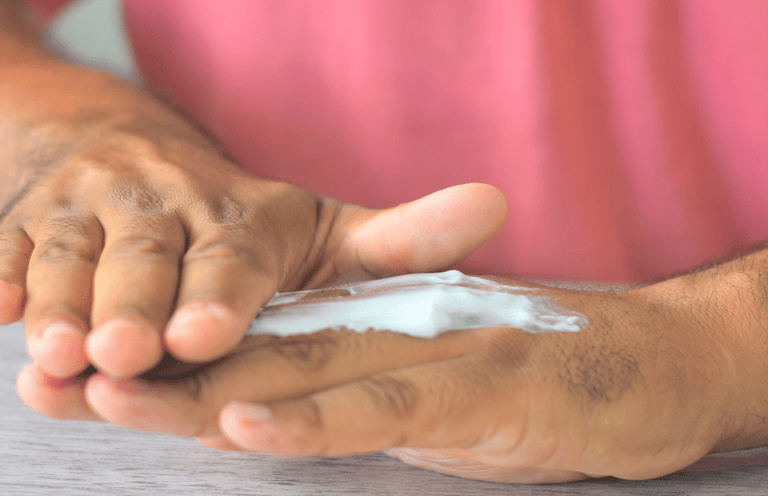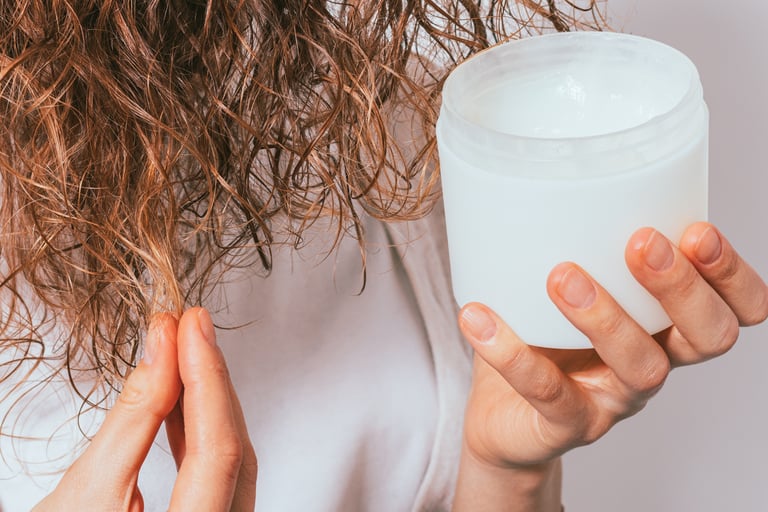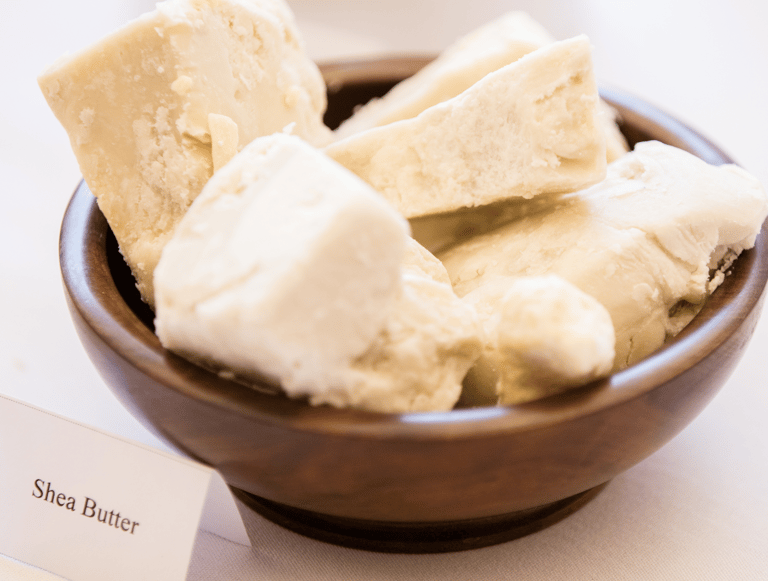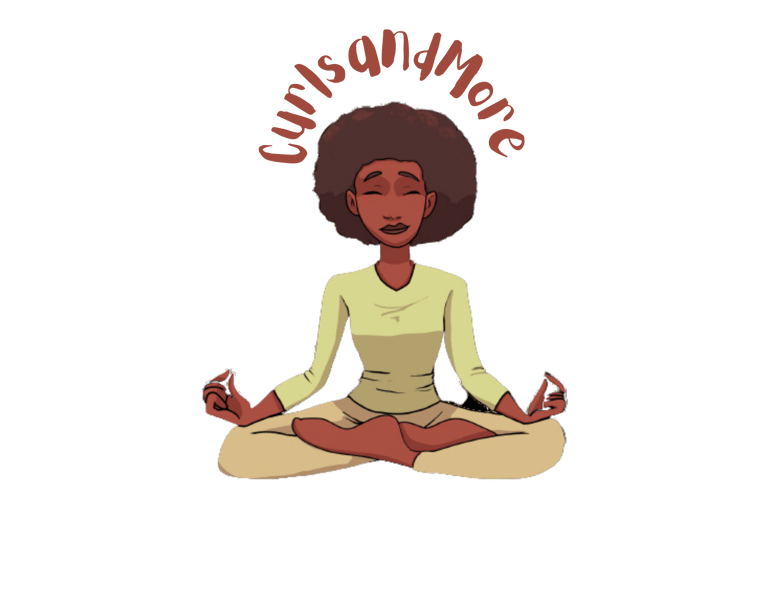Shea Butter
5 Fantastic Benefits for Hair and 5 Fantastic Benefits for Skin! The Ultimate Protector for Hair and Skin!
BUTTERS AT A GLANCE
Poteet Griffin
5/3/20238 min read
Shea butter is a versatile natural ingredient that offers numerous benefits for the skin and hair. Its moisturizing and healing properties make it an ideal ingredient for those with dry or sensitive skin, and those looking to promote healthy hair growth. Shea butter is widely used in skincare and hair care products due to its effectiveness and safety.
Benefits for Skin:
Moisturizing: Shea butter is an excellent moisturizer for the skin, providing deep hydration and nourishment. It contains fatty acids that help to nourish and hydrate the skin, making it an ideal ingredient for those with dry or sensitive skin. Shea butter helps to lock in moisture and prevent dryness, making it an essential ingredient in many skincare products.
Anti-inflammatory: Shea butter has anti-inflammatory properties that can help to soothe irritated or inflamed skin. It contains cinnamic acid and other natural compounds that can reduce inflammation and redness. Shea butter is an ideal ingredient for those with sensitive skin or those prone to skin irritation.
Anti-aging: Shea butter is rich in antioxidants such as vitamin A and E that can help to prevent premature aging. It can help to improve the appearance of fine lines and wrinkles, and promote healthy, youthful-looking skin. Shea butter is an essential ingredient in many anti-aging skincare products.
Protects against UV rays: Shea butter contains natural sunscreen properties that can help to protect the skin against the harmful effects of UV rays. It has an SPF of around 6, which makes it an excellent natural alternative to chemical sunscreens. Shea butter is an essential ingredient in many natural sunscreen products.
Treats skin conditions: Shea butter has been used for centuries to treat various skin conditions such as eczema, psoriasis, and acne. Its anti-inflammatory and moisturizing properties can help to reduce redness, inflammation, and itching associated with these conditions. Shea butter is an ideal ingredient for those with sensitive skin or those prone to skin conditions.
Benefits for Hair:
Moisturizing: Shea butter is an excellent natural conditioner for the hair. It contains fatty acids that can penetrate the hair shaft, providing deep hydration and nourishment to the hair. Shea butter helps to lock in moisture and prevent dryness, making it an essential ingredient in many hair care products.
Reduces frizz: Shea butter can help to tame frizzy hair by smoothing the hair cuticles and preventing moisture loss. It can help to make hair more manageable and easier to style. Shea butter is an essential ingredient in many hair styling products.
Stimulates hair growth: Shea butter contains vitamin A and E that can help to promote healthy hair growth. It can help to strengthen hair follicles, reduce hair breakage, and improve the overall health of the hair. Shea butter is an essential ingredient in many hair growth products.
Protects against heat damage: Shea butter can help to protect the hair against heat damage from styling tools such as flat irons and blow dryers. Its moisturizing properties can help to prevent dryness and breakage caused by excessive heat. Shea butter is an essential ingredient in many heat protectant hair care products.
Treats scalp conditions: Shea butter can be used to treat various scalp conditions such as dandruff, dry scalp, and scalp inflammation. Its anti-inflammatory and moisturizing properties can help to soothe the scalp and reduce itching and flakiness. Shea butter is an essential ingredient in many scalp treatment products.
Shea butter is a natural ingredient that offers numerous benefits for the skin and hair. Its moisturizing and healing properties make it an essential ingredient in many skincare and hair care products. Shea butter is widely used in the beauty industry due to its effectiveness and safety, making it an ideal ingredient for those looking for natural and organic skincare.
How to Use for Hair:
Shea butter is an excellent natural ingredient for promoting healthy hair growth and maintaining soft and manageable hair. Here's how to use shea butter for hair:
Start with clean hair: Wash your hair with a gentle shampoo and conditioner to remove any product buildup or dirt. Pat your hair dry with a pillow case, t-shirt or microfiber towel and remove any excess water.
Melt the shea butter: Take a small amount of shea butter and place it in a microwave-safe bowl. Heat the shea butter in the microwave for a few seconds until it melts. Alternatively, you can place the bowl of shea butter in a larger bowl of hot water to melt it.
Apply the shea butter: Section your hair and apply the melted shea butter to your hair, starting from the roots and working your way to the tips. Use your fingers or a wide-tooth comb to distribute the shea butter evenly throughout your hair.
Massage the scalp: Take some more shea butter and massage it into your scalp. Shea butter can help to soothe an itchy or irritated scalp and promote healthy hair growth.
Leave the shea butter in: Leave the shea butter in your hair for at least 30 minutes or overnight. You can cover your hair with a shower cap or towel to keep the shea butter in place.
Rinse and style: After 30 minutes or overnight, rinse the shea butter out of your hair with warm water. You can then style your hair as usual. Your hair should feel soft, moisturized, and more manageable.
Tips:
Use pure, unrefined shea butter for best results. Look for shea butter that is organic and fair trade certified.
You can mix shea butter with other natural oils such as coconut oil, jojoba oil, or castor oil for added benefits.
Shea butter can be used as a leave-in conditioner. Simply apply a small amount of melted shea butter to the ends of your hair for extra moisture and softness.
Use shea butter once or twice a week as part of your regular hair care routine for best results.
Shea butter is an excellent natural ingredient for promoting healthy hair growth and maintaining soft and manageable hair. By following these simple steps, you can incorporate shea butter into your hair care routine and enjoy its many benefits
Shea butter is an amazing natural ingredient that can do wonders for your skin. Here's how to use shea butter for your skin:
How to Use for Skin: Shea butter is an amazing natural ingredient that can do wonders for your skin. Here's how to use shea butter for your skin:
1. Start with clean skin: Wash your skin with a gentle cleanser and pat it dry with a towel. This will remove any dirt or oils from your skin and prepare it for the shea butter.
2. Melt the shea butter: Take a small amount of shea butter and place it in a microwave-safe bowl. Heat the shea butter in the microwave for a few seconds until it melts. Alternatively, you can place the bowl of shea butter in a larger bowl of hot water to melt it. The average melting point for the butter is 90°F. Shea Butter will feel grainy when it is melted and rehardens. To avoid the gritty texture, heat the shea butter to 170-185°F and keep at a steady temperature for 10-15 minutes. Rapidly cool by placing the butter in refrigerator.
3. Apply the shea butter: Take a small amount of melted shea butter and apply it to your skin, using your fingers or a soft brush. Focus on the areas that need extra moisturizing, such as your elbows, knees, and feet. You can also apply shea butter to your face but be sure to avoid the eye area.
4. Massage the shea butter: Use your fingers to massage the shea butter into your skin. This will help to improve blood circulation and ensure that the shea butter is fully absorbed into your skin.
5. Leave the shea butter on: Leave the shea butter on your skin for at least 30 minutes or overnight. You can cover your skin with a towel or clothing to keep the shea butter in place.
6. Rinse off: After 30 minutes or overnight, rinse off the shea butter with warm water. You can also use a gentle cleanser to remove any remaining shea butter from your skin.
Tips:
· Use pure, unrefined shea butter for best results. Look for shea butter that is organic and fair trade certified.
· You can mix shea butter with other natural oils such as coconut oil, jojoba oil, or sweet almond oil for added benefits.
· Shea butter can be used as a moisturizer for all skin types, including dry, sensitive, and acne-prone skin.
· Use shea butter regularly as part of your skincare routine to improve the overall health and appearance of your skin.
· Store in an airtight, cool, dark location. When stored properly, best used within 1 year from date of purchase.
Shea butter is a versatile and effective natural ingredient that can nourish and moisturize your skin. By following these simple steps, you can incorporate shea butter into your skincare routine and enjoy its many benefits.
Types of Shea Butter
Shea butter is a natural ingredient that has been used for centuries in Africa for its moisturizing and healing properties. There are several different types of shea butter, each with its own unique characteristics and benefits. Here are some of the most common types of shea butter:
1. Unrefined Shea Butter: This is the purest form of shea butter, with no added chemicals or preservatives. Unrefined shea butter is extracted from the nuts of the shea tree using traditional methods, and it retains all of its natural nutrients and healing properties. It has a natural beige color and a nutty scent.
2. Raw Shea Butter: Raw shea butter is also unrefined, but it is usually processed differently than unrefined shea butter. Raw shea butter is extracted using hydraulic presses or other mechanical methods, and it has a creamier texture than unrefined shea butter. Raw shea butter is often used in skincare products because it is easy to work with and has a pleasant texture.
3. Refined Shea Butter: Refined shea butter is processed using chemicals or heat to remove impurities and make it smoother and more uniform in texture. This process can remove some of the natural nutrients and healing properties of the shea butter, but it also makes it more stable and less likely to spoil. Refined shea butter is often used in cosmetic and skincare products.
4. Yellow Shea Butter: Yellow shea butter is made from the same nuts as white shea butter, but it has a yellow color due to the addition of borututu root powder. Borututu root powder is a natural dye that is added to the shea butter during the production process. Yellow shea butter is often used in traditional African skincare and haircare recipes.
5. White Shea Butter: White shea butter is another type of refined shea butter that has been bleached to remove the natural color. This process also removes some of the natural nutrients and healing properties of the shea butter, but it makes it more suitable for use in cosmetic and skincare products.
There are several different types of shea butter, each with its own unique characteristics and benefits. Unrefined shea butter is the purest form and retains all of its natural nutrients and healing properties. Raw shea butter has a creamier texture and is often used in skincare products. Refined shea butter is processed to remove impurities and make it smoother, but it may have fewer natural nutrients. Yellow and white shea butter are variations of refined shea butter that have been dyed or bleached to remove the natural color.
Have you used Shea Butter for skin and hair health? We would love to hear your comments!
Submit any Comments.
Your email address will not be published. Required fields are marked *
Create your website with ease at Hostinger. Please use this link to create! https://hostinger.com?REFERRALCODE=1BJONESBNJY97






